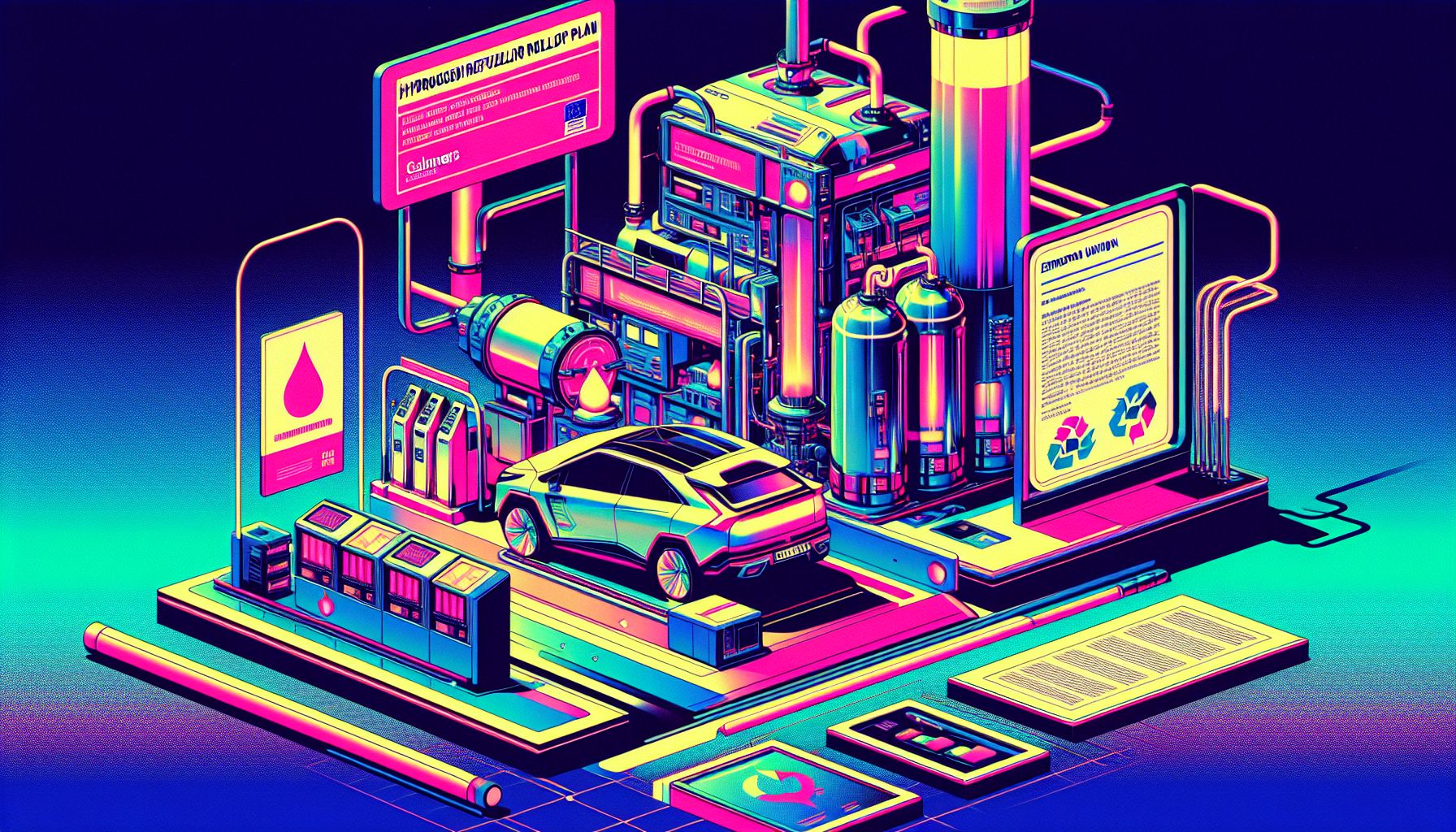Oh Dear! EU's Hydrogen Dream Hits a Snag

Gothenburg, Monday, 7 July 2025.
A Chalmers University study points to EU’s hydrogen refuelling rollout flaws, risking millions yearly. Hydrogen, vital for transport’s green future, might stumble if not urgently reshaped.
An Overhaul Needed
The recent findings from Chalmers University in Sweden are nothing short of a wake-up call for the European Union’s ambitious hydrogen refuelling infrastructure plans. According to the study, the EU’s existing regulations fall tragically short, potentially leading to an annual financial hit of tens of millions of euros in select countries like France by 2050 if current rollout strategies are maintained [1]. The optimism around hydrogen as the miracle fuel for green transportation could go up in smoke unless there’s a swift turnaround in planning and execution [2].
Misaligned Efforts
I don’t mean to burst anyone’s bubble, but this isn’t just about money. The study points out that the deployment of hydrogen refuelling stations under the EU’s Alternative Fuels Infrastructure Regulation (AFIR) is woefully misaligned with actual needs. By 2030, there should be stations every 200 kilometres along the Trans-European Transport Network, but that’s barely scratching the surface according to demand forecasts down the line [1][3]. In France alone, a capacity boost of sevenfold by mid-century is predicted compared to what’s currently mandated [2].
Complex Terrain Ahead
Picture this: hydrogen-powered long-haul trucks gracefully cruising across Europe on clean, limitless energy. Unfortunately, the ground reality involves steep geographical challenges that affect energy demand more than ever realised [4]. As researcher Joel Löfving explains, factors like gradient and speed alter energy consumption profiles significantly, demanding a new approach in modelling infrastructure needs [1][3]. Perhaps the EU didn’t factor in that one size does not, in fact, fit all when it comes to supplying these futuristic energy demands.
A Failing Fit for 55?
EU’s ‘Fit for 55’ might have attracted planetary brownie points, but the issue at hand signals a precarious path. The Chalmers study has even influenced political discussions in Sweden and on the EU level, hinting at future evaluations of the very regulations they’re pinned on [5]. Let’s not throw the baby out with the bathwater though. There’s a chance—if given due consideration—that these issues can feed into policy reforms slated for 2026, crafting solutions that reflect real-world roadways instead of idealistic dreams [3].
The Road Forward
Transforming this hydrogen dream into a steadfast reality requires an infrastructure makeover. Without this, hydrogen’s role in clean transportation might remain more science fiction than fact [5]. While some might liken this challenge to a rollercoaster ride, it’s more like assembling a jigsaw with sky-high stakes: peace of mind knowing it can be pieced together if legislative action, backed by robust scientific insights, leads the charge [2][4].